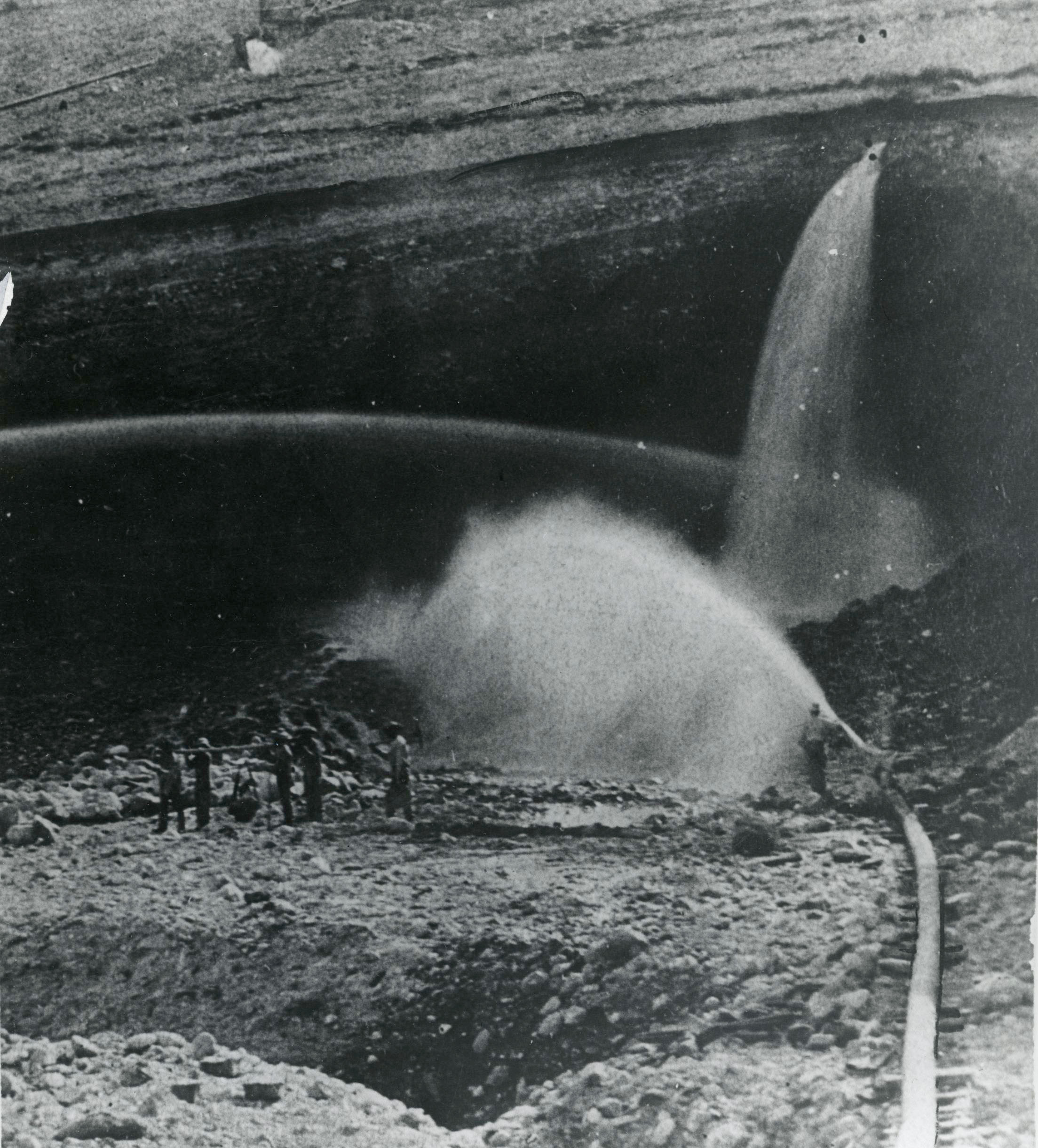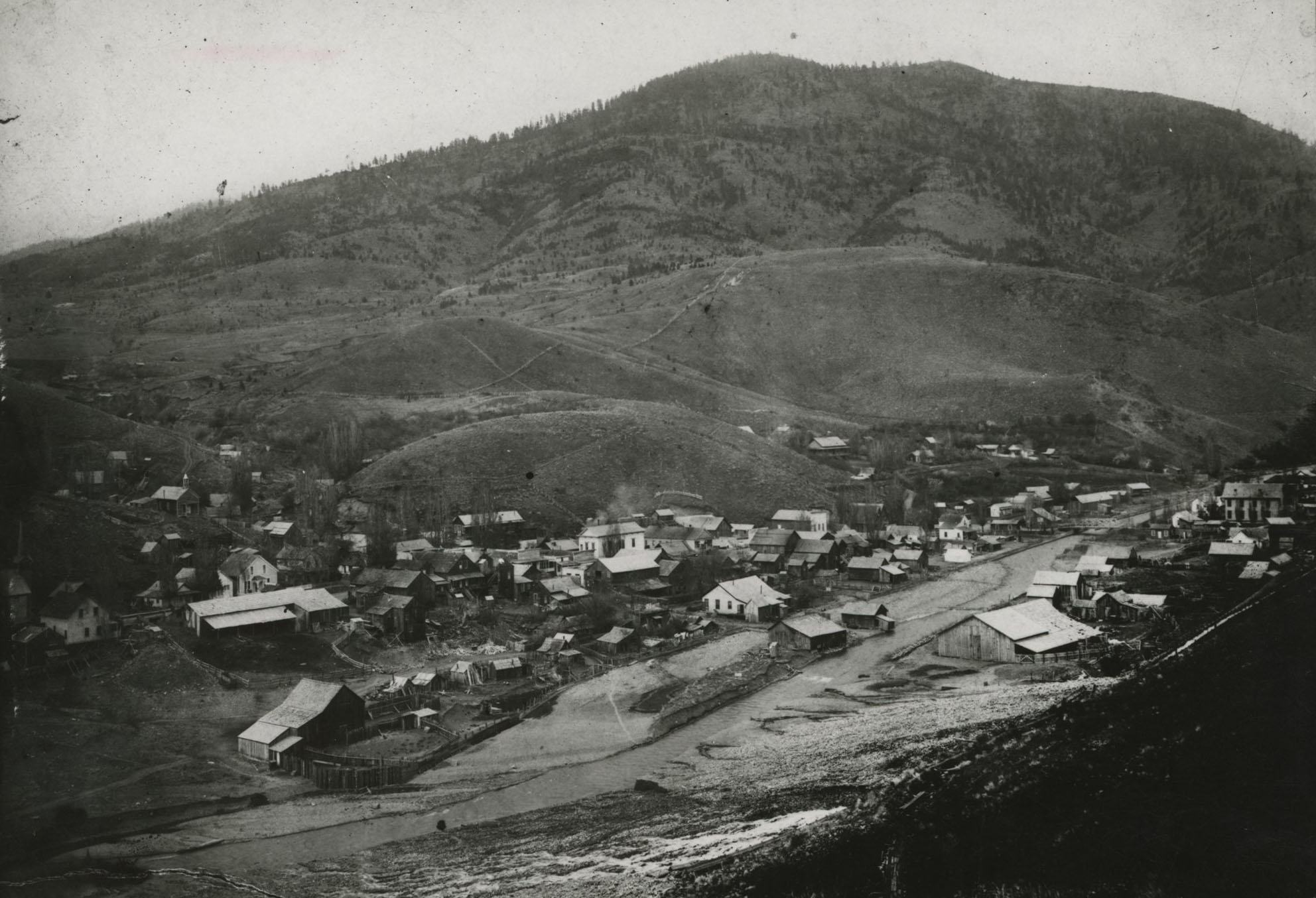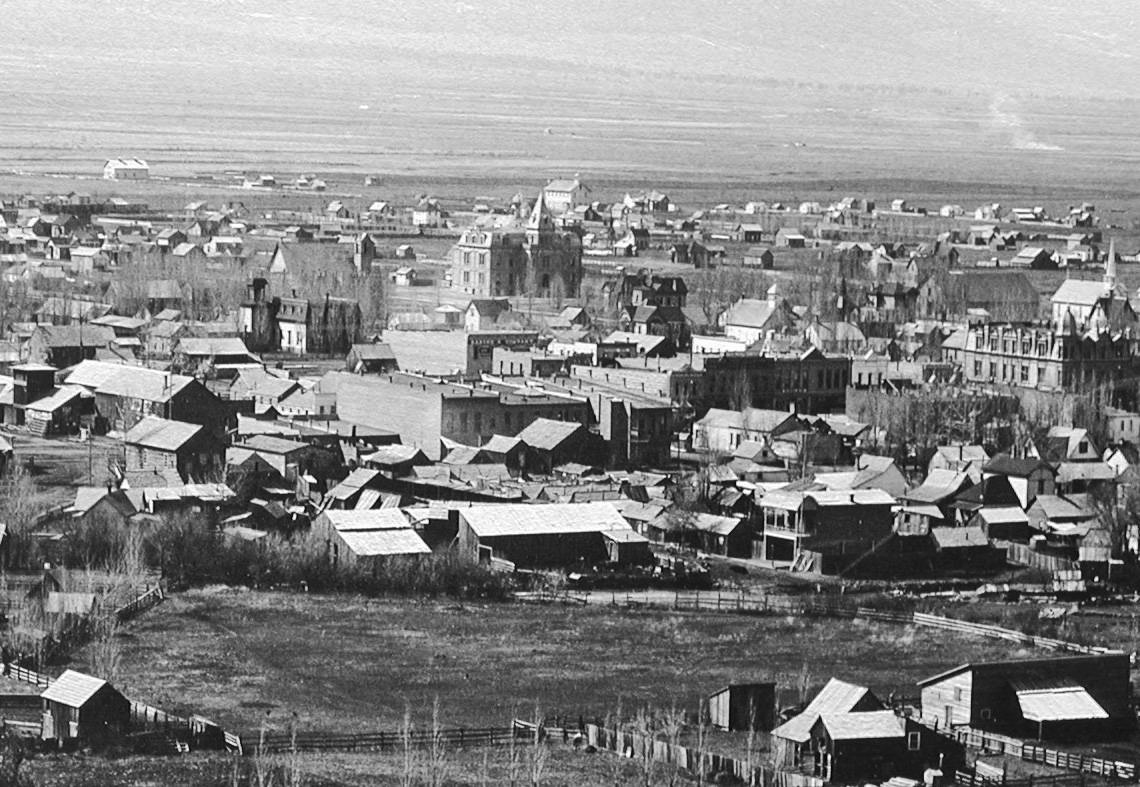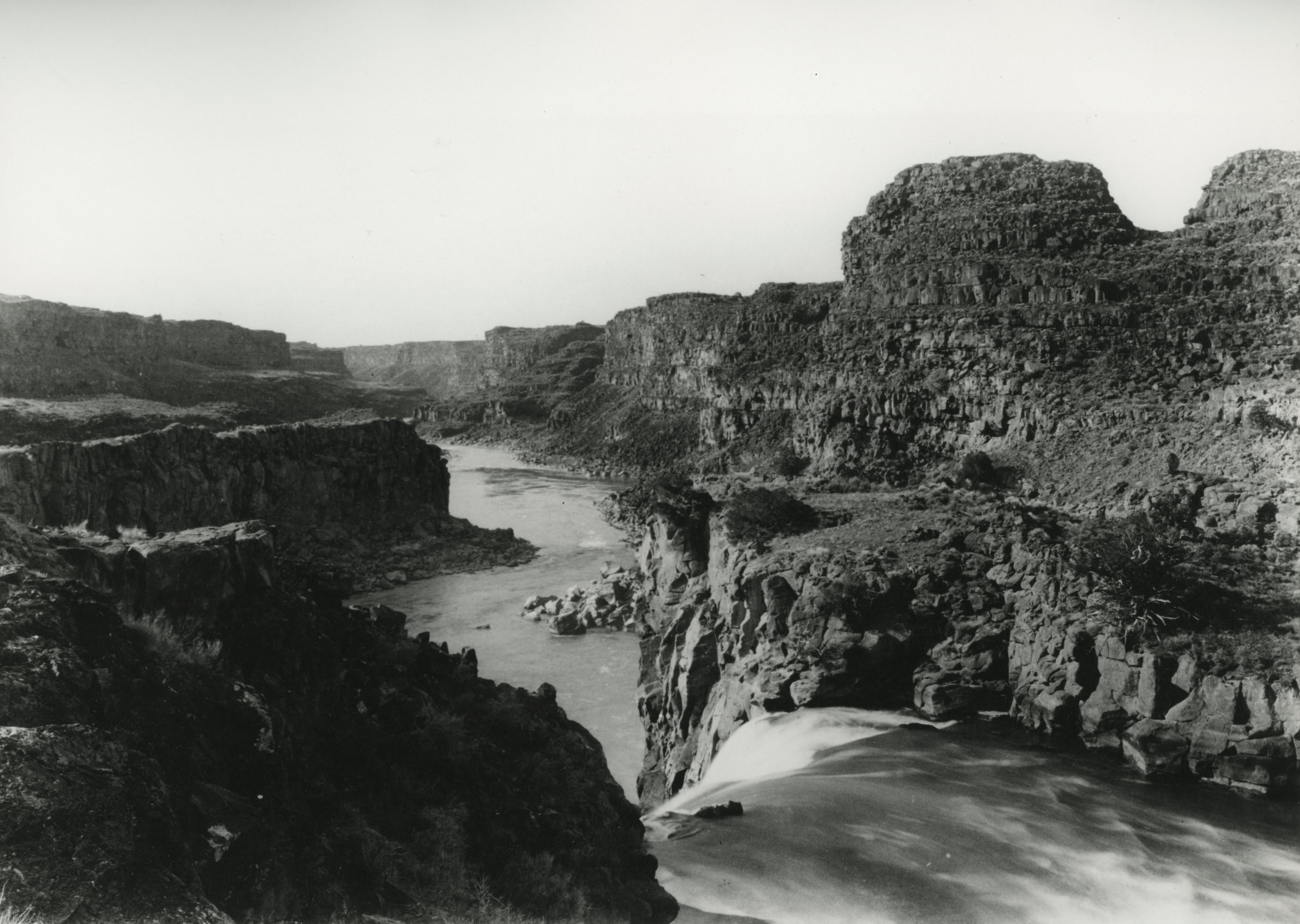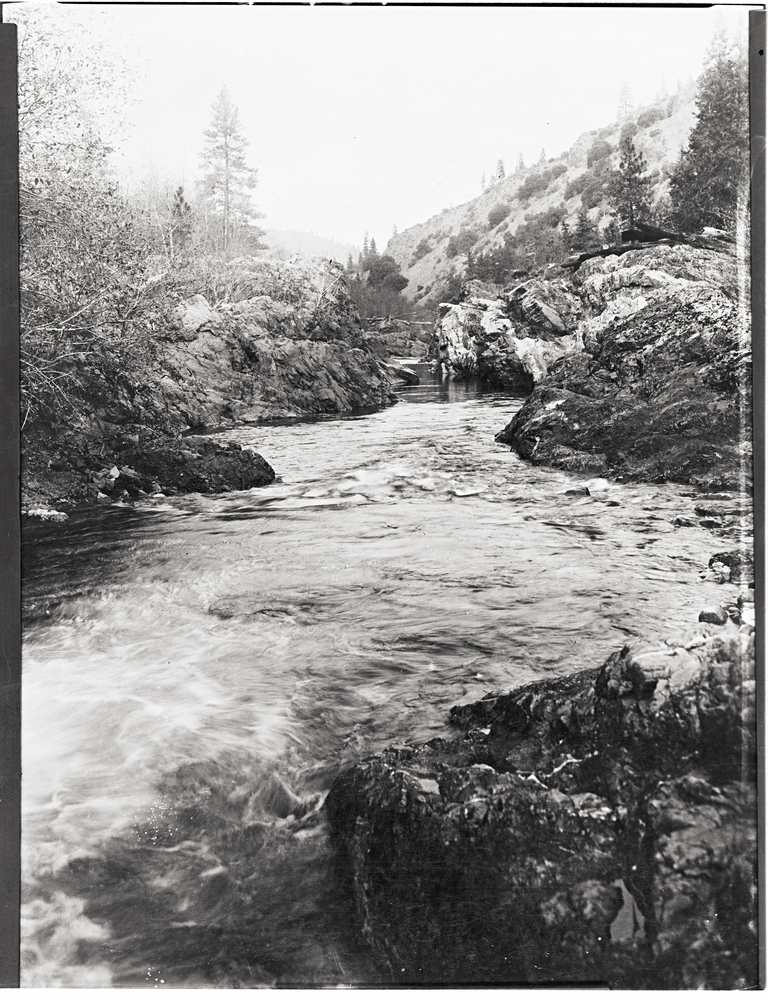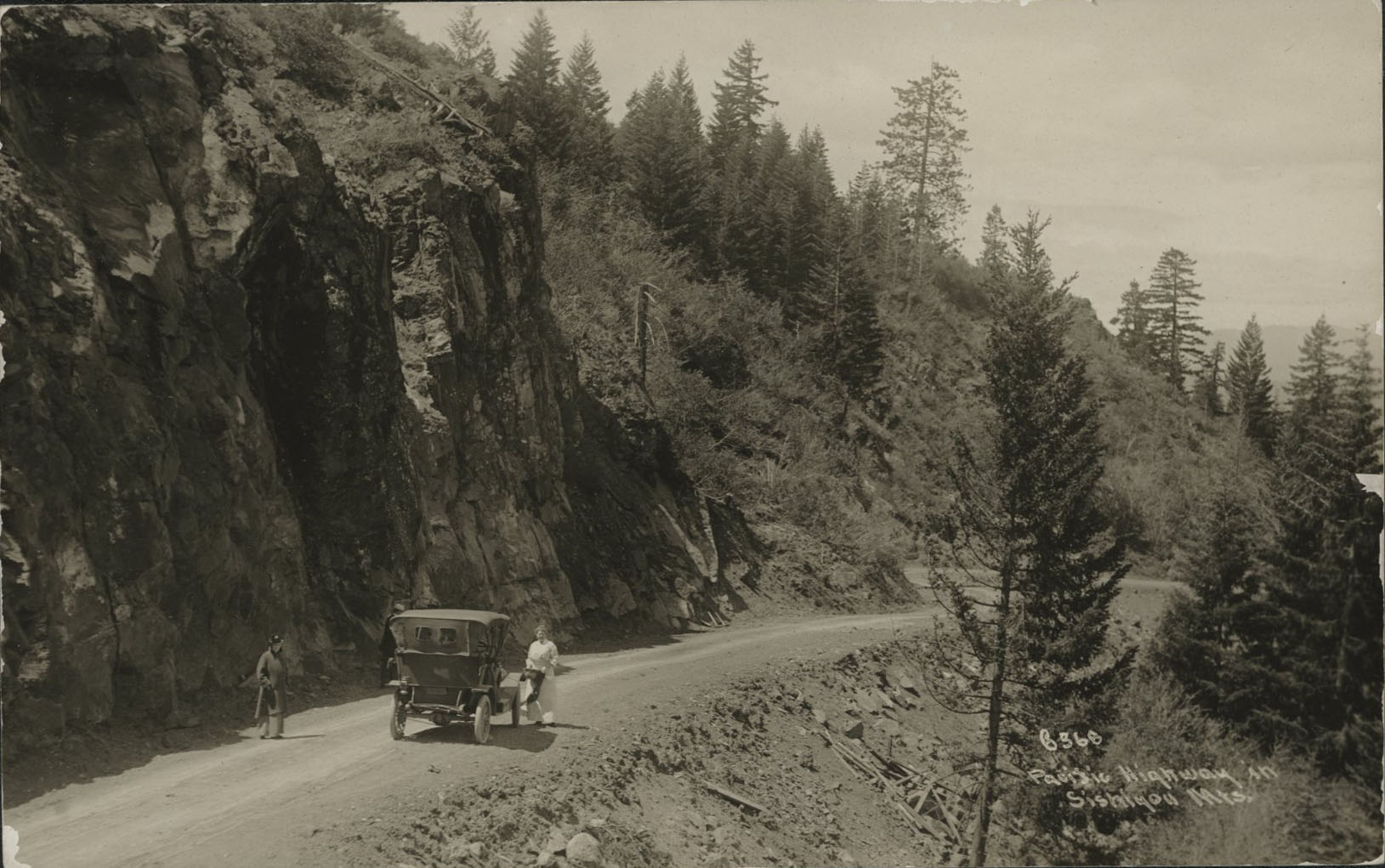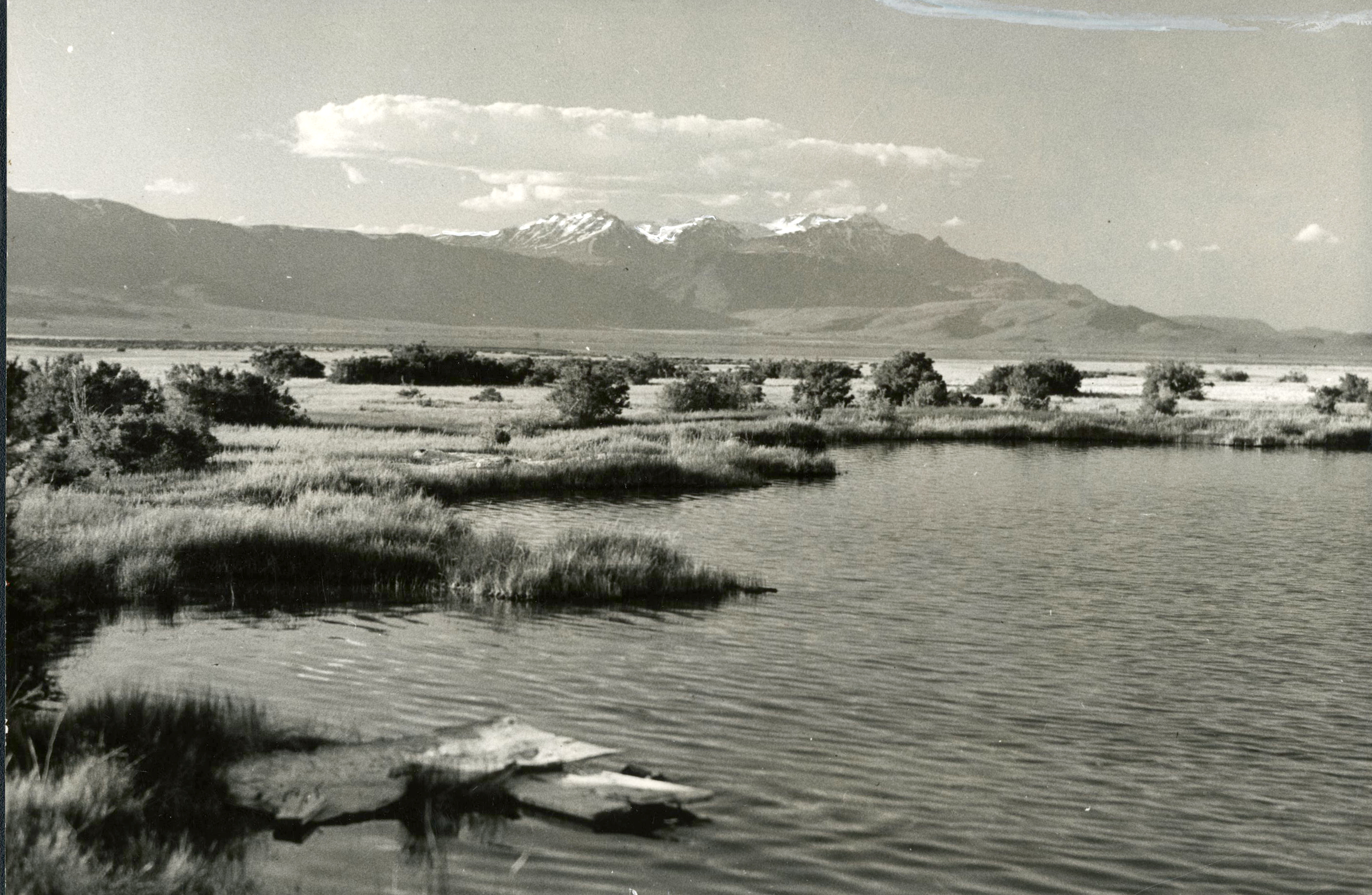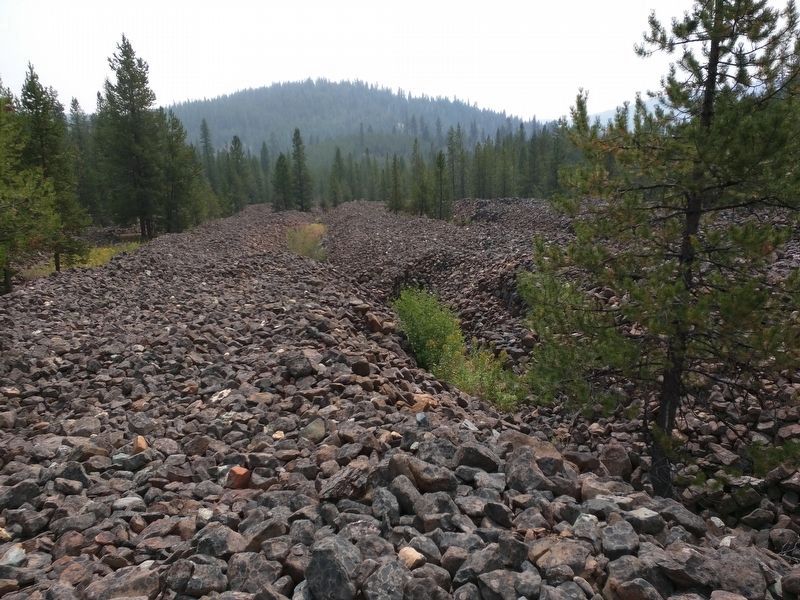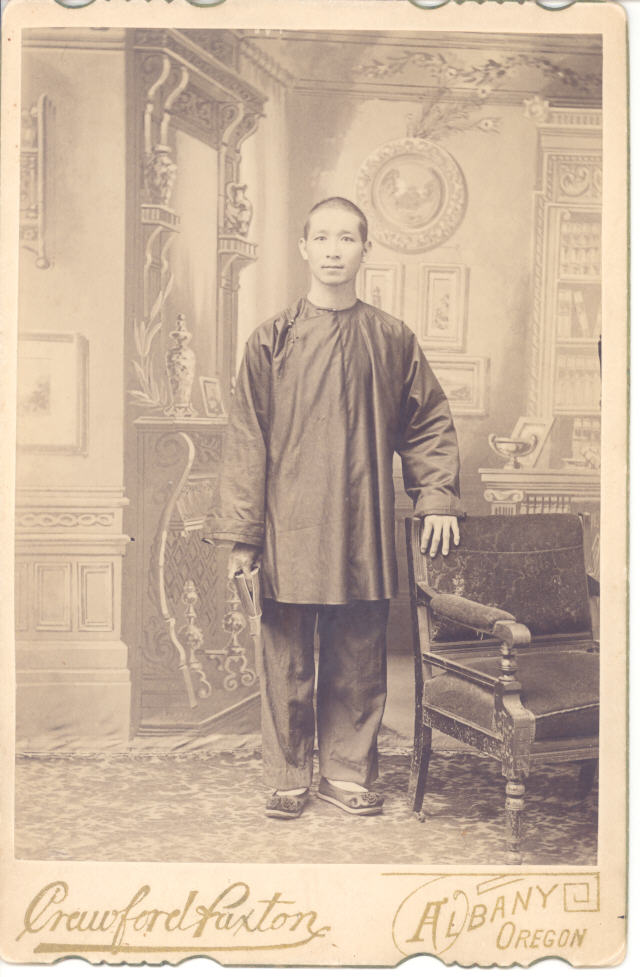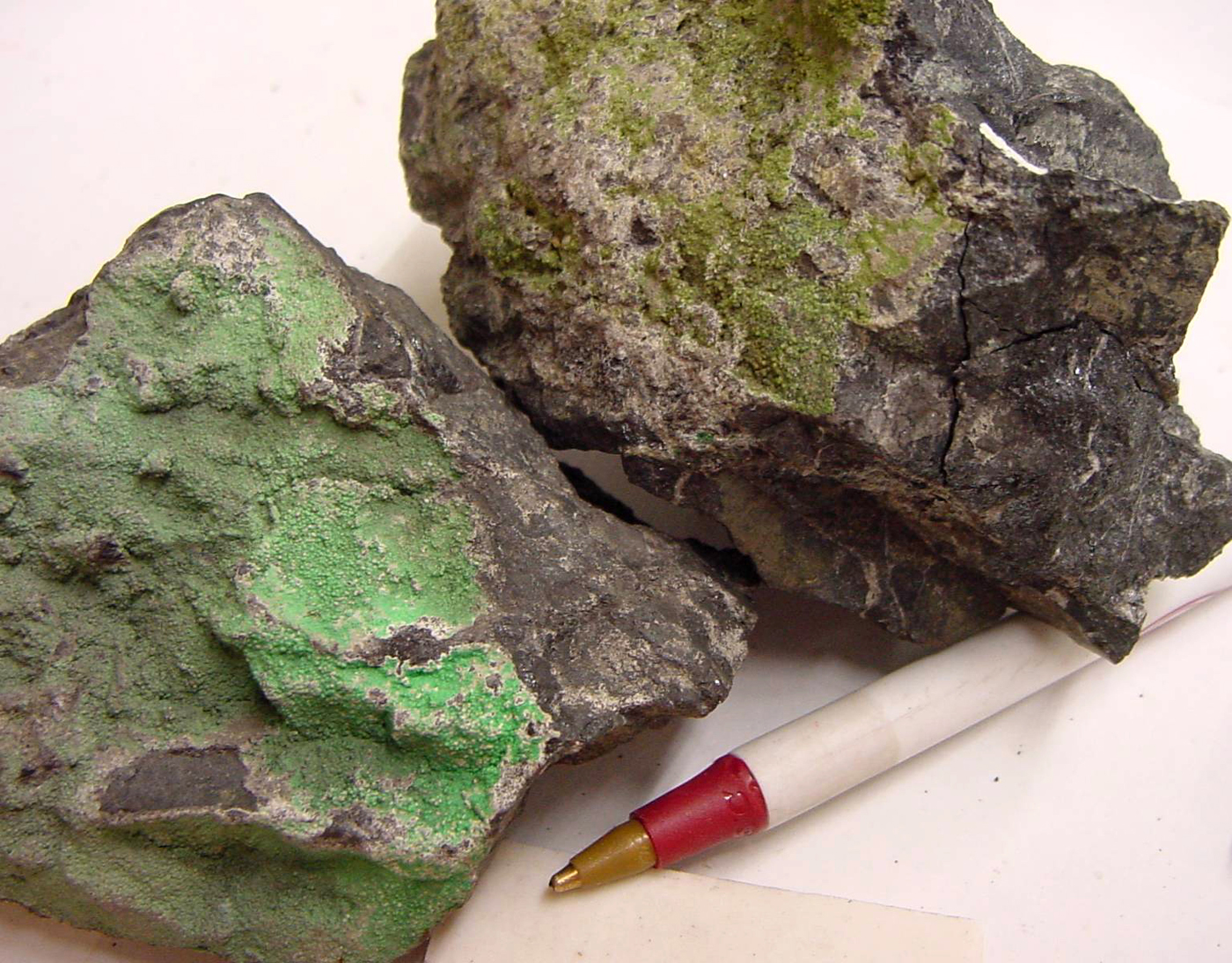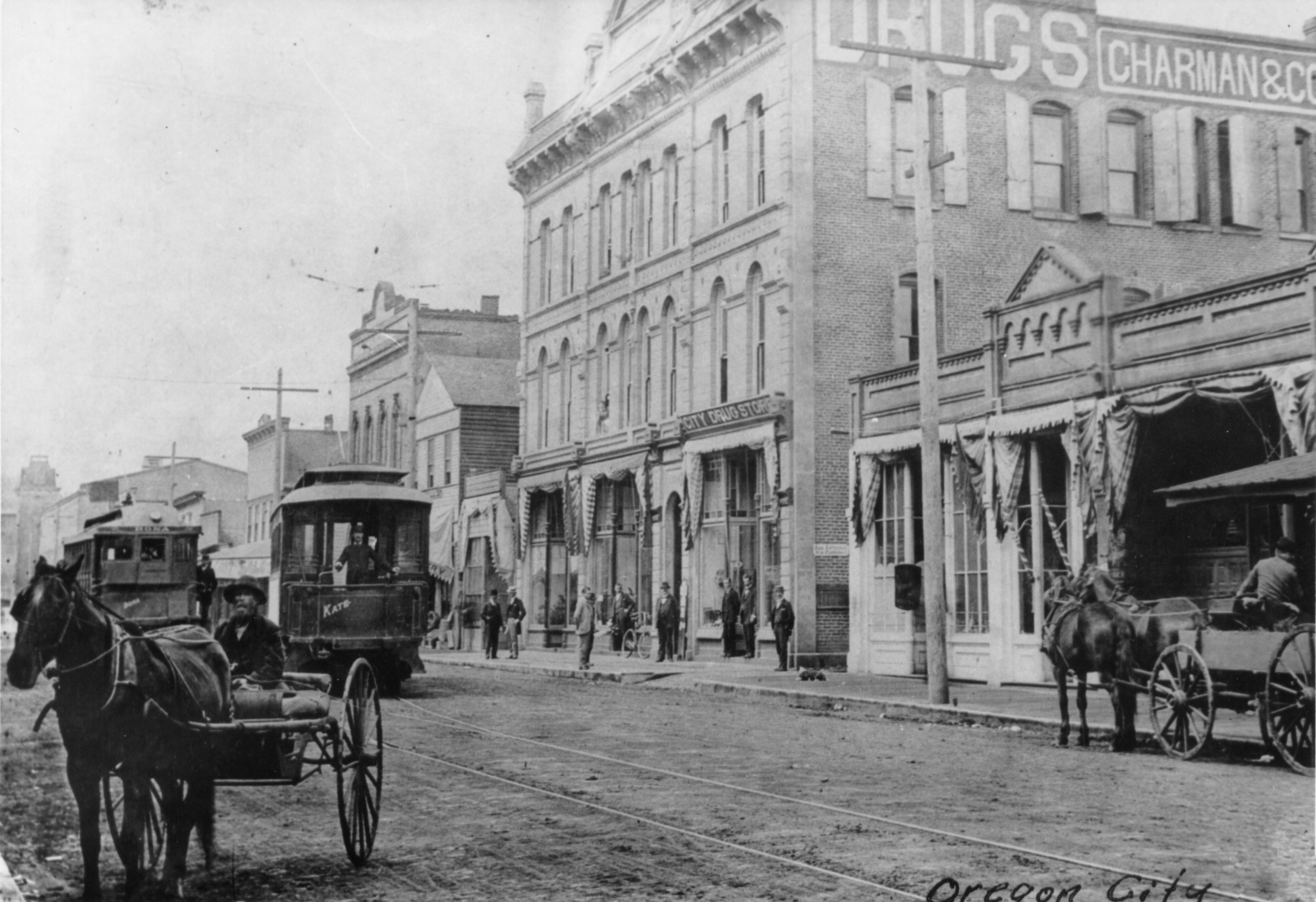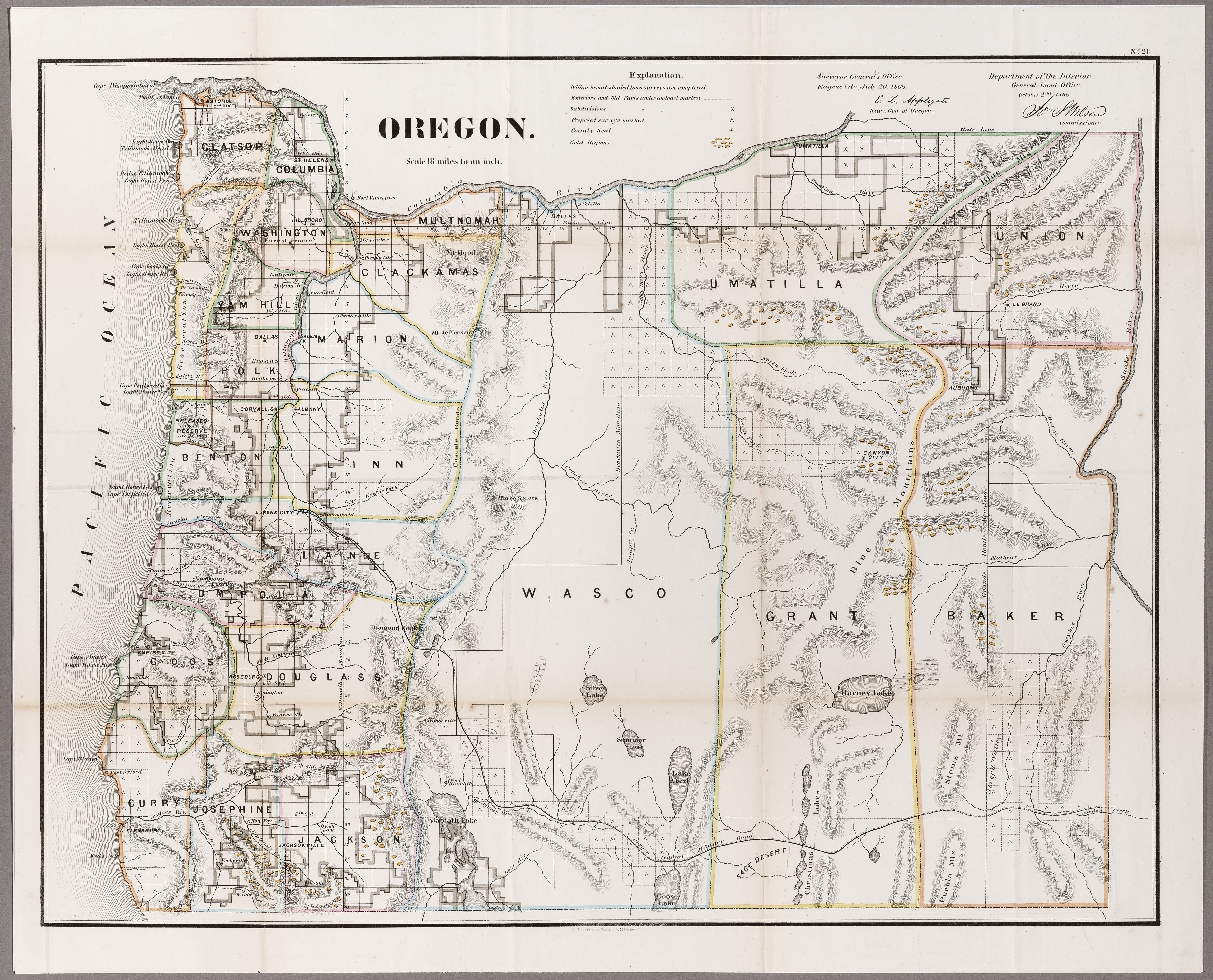The city of Guangzhou (formerly known to Westerners as Canton) is the capital of Guangdong Province, located along China’s southeastern coast. For many years, it was the only Chinese seaport open to foreigners and was already a bustling international trade center when news of the Sutter’s Mill gold strike near Sacramento, California, arrived there in 1848. Through the remainder of the nineteenth century, over four hundred thousand Chinese immigrants—海外華人/海外中國人, or huaqiao—sailed to the United States. Most of them lived and worked in the Far West, where they were an important part of the region’s economic development. The overwhelming majority of the huaqiao were male farmers and fishers from a small geographic area of Guangdong Province, the Taishan District of the Pearl River Delta.
Immigrants to the United States often labored at low-wage, industrial-scale endeavors that included building railroads and canning salmon. Chinese immigrants also worked in the gold-mining districts in the West, from California’s Sierra Nevada to the Black Hills in Dakota Territory. It is likely that Chinese miners worked almost every gold-bearing stream in Oregon. Although they were organized into large groups of contract laborers on big projects such as railroad construction, the men often formed smaller, independent partnerships or “companies” of kinsmen when mining for gold. Beginning in the early 1850s, such was the case in southwestern Oregon and, a decade later, in the northeastern part of the state.
Gold was first discovered in southwestern Oregon as early as 1851, and Chinese miners had arrived in the Siskiyou Mountains by 1853. They placer mined for gold in the gravel deposits of the lower Rogue River and its two major tributaries, the Applegate and the Illinois, as well as along the Chetco River. In the Applegate River watershed, they mined the Little Applegate River, Forest Creek, Palmer Creek, Carberry Creek, and Elliott Creek, as well as locations along the main stem of the Applegate. In the Illinois River valley, Josephine Creek, Canyon Creek, and the Waldo locale (near present-day Cave Junction) were intensively mined by Chinese. By the 1870s, Jacksonville, which had begun as a mining camp in 1852, included a Chinatown comprised of over a dozen contiguous wooden buildings, including a store.
Beginning in the early 1860s, gold strikes in the Blue Mountains attracted Chinese miners to the John Day, Grand Ronde, Burnt, Powder, and Imnaha Rivers, as well as to Hells Canyon on the Snake River. The town of John Day had a thriving Chinese community, which by 1870 included Kam Wah Chung, a medical clinic and store (now a museum operated by Oregon State Parks). Although census figures for Chinese miners in Oregon are probably undercounts, the 1860 census reported only five Chinese east of the Cascades, all of them in The Dalles. Ten years later, at least 1,760 Chinese lived in eastern Oregon, most of them miners in the John Day River area, where they substantially outnumbered white miners. By 1880, the number of Chinese miners in the Blue Mountains accounted for more than three-quarters of that area’s mining population.
In 1870, the average age of Chinese miners in northeast Oregon was twenty-seven; a decade later, it was thirty-seven, suggesting that many had maintained residency for those ten years. The number of Chinese in the southwestern and northeastern Oregon mines waxed and waned over the years, but by the 1890s far fewer lived and worked in the state, in large part because of the Chinese Exclusion Act, passed by Congress in 1882. By that time, some aging Chinese miners had apparently become members of the local community.
Chinese Mining Traditions and Techniques
As in other western states, miners searching for gold in Oregon employed either placer mining or lode mining (also known as hardrock mining) methods. Placer miners focus on secondary deposits in which flecks and nuggets of gold, eroded from bedrock millennia ago, were redeposited in sand and gravel along stream courses. Lode mining targets the primary deposits of gold—that is, the gold that remains locked in bedrock—which often requires considerable time and investment in underground exploration and the removal and processing of ore.
China’s primary gold-mining regions, where both placer and lode mining had occurred for hundreds of years, are far to the north of the Taishan District, which has no gold deposits, and Guangdong Province was not notable for its gold mining. But even if Chinese immigrants in the United States had little or no previous experience mining for gold, they could have had at least indirect knowledge of basic placer mining methods. Limited placer gold mining occurred at Chinese tin-mining operations on the Malay Peninsula and in Borneo, and tin miners employed placer-mining methods similar to those used in California and elsewhere in the American West. Immigrants from Guangdong were among the many coastal Chinese who worked in the tin mines during the late eighteenth and early nineteenth centuries.
In fact, most Americans had little or no gold-mining experience when they arrived in the West. Both European and Mexican placer mining techniques, however, could be quickly learned from published manuals or from Mexican and Chilean miners during the early years of the California and southwestern Oregon gold rushes. Historians are still uncertain about whether there was substantial borrowing of placer methods and implements between white and Asian miners. Whatever the case, the use of sluice-box systems was common among all miners, regardless of where they came from.
When the target of a placer operation was the gold-bearing gravel beneath a flowing river or stream, wing dams were built to divert the flow away from the area to be mined. A wing dam is a partial L-shaped cofferdam, with the short leg extending diagonally out from the bank into the river and the longer leg continuing from that point downstream for the length of the area to be mined. Built of stout posts and planks and reinforced with rock boulders, wing dams were effective, but they leaked. Workers kept a mine from being gradually inundated by employing wooden chain pumps (also called China pumps), which used a conveyor chain of buckets to dump the excess water into the stream. Powered by a paddle wheel set just outside the dam’s wall in the river’s flow, these implements likely originated in the rice-paddy agriculture of southeastern China and were put to new uses in the placer mines of the American West.
Where there were “dry diggings”—that is, placer mines where the water supply is particularly scarce or difficult to deliver—small-capacity ditches carried water from a long distance to be stored it in small, shallow reservoirs dug into the slope directly above areas to be mined. After weeks of accumulating water in the reservoir, Chinese miners positioned themselves in the placer mine below, ready to work at a furious pace when the reservoir’s water was released. Where terrain was gentle, a U-shaped earthen berm, or dam, might be built to capture runoff and store the accumulating water within the enclosure. Such features have been documented at Chinese operations on both the Applegate and John Day Rivers.
Overwhelmingly, Chinese miners in Oregon were placer miners who worked the stream gravels. Early placer operations tended to be limited in size and scope, which permitted small, diverse groups of miners to work at tasks such as digging short-distance water ditches, shoveling alluvial sediments into sluice boxes, and disposing of the waste rock, or tailings. Small companies of Chinese worked placer mines in Oregon at least into the 1890s. Although it is not true that Chinese mined only those placer deposits that white miners had found unrewarding, they did rework claims that had been abandoned by whites and often accrued satisfactory returns from them. During the 1870s and 1880s, with the arrival in Oregon of hydraulic mining—a method developed during the early 1850s that worked immense volumes of placer deposits—Chinese crews found employment as wage laborers for white-owned hydraulic operations.
Chinese miners in Oregon who knew how to prospect for lode deposits on mountainsides far from streams undoubtedly dug occasional exploratory adits (passageways) and shafts into promising hillsides. Nevertheless, hardrock mining for gold seems to have been a minor endeavor for the Chinese. They also mined for cinnabar and sodium borate. Cinnabar is a toxic ore of quicksilver, or mercury, critical in recovering gold from sluice boxes. Chinese mined at small cinnabar operations in the Applegate Valley and elsewhere. During the 1890s, the Rose Valley Borax Company in Harney County used Chinese workers to gather sodium borate from the alkali deposits of Borax Lake.
Hydraulic Mining
Hydraulic mining for gold first developed in the Sierra Nevada foothills. The method required large-capacity ditches, built into hillsides, to bring water diverted from a distant stream to a mine. Several hundred feet above the area to be mined (called the washing pit), the water’s high-volume flow was diverted into large-diameter iron pipes, or penstocks, that descended straight down the slope, thereby gathering pressure and velocity. Using a large iron nozzle, typically called a giant or monitor, the pipeman aimed the powerful jet of water at the base of gold-bearing slopes next to the river or stream.
Once a water supply had been secured and equipment put in place, hydraulic mining enabled profitable working of large areas that would otherwise be considered low in value. Within a few hours, the continuous undercutting of alluvial sediments could erode tons of silt, sand, and rock, which were then pushed by other giants into channels that led to a sluice system. Tailings, the often huge amounts of waste rock that resulted from hydraulic mining, would be piled or neatly hand-stacked into what have come to be called “Chinese walls.” The neatly stacked piles of tailings enabled miners to store a larger quantity of rocks within a smaller area than random piling did. The organized piles lessened the likelihood that the accumulated tailings would interfere with the mining process or cause a mine to become inundated by its own water..
Large-scale hydraulic mining in California resulted in immense amounts of “slickens” (tailings of sand, silt, gravel, and cobbles) washed downstream, choking the Sacramento and San Joaquin river channels and depositing hundreds of thousands of tons of debris onto farmers’ fields. After farmers and merchants brought suit in federal court against the largest hydraulic mines, Judge Lorenzo Sawyer’s Ninth Circuit Court ruling in Woodruff v. North Bloomfield Mining Co. (1884) ended hydraulic mining in the Sacramento River watershed.
By the 1880s, however, hydraulic mining had arrived elsewhere in California, especially the Klamath and Trinity Rivers; and after the Sawyer decision, which applied only to the Sacramento/San Joaquin drainage, activity intensified in Oregon. Most hydraulic mines were owned by white investors, but they typically used large crews of Chinese workers to excavate the ditches that brought water to their mines. In the mountainous Applegate Valley, for example, Chinese built the Sterling Ditch, the Grand Applegate Ditch, the Klippel/Squaw Creek Ditch, and others. Because the region experienced summer drought each year, most hydraulic mining took place during winter and spring. In the Applegate Valley, Chinese crews built sizable earthen dams across steep stream courses to impound water from the winter rains and spring snowmelt, creating reservoirs several acres in size. White owners often hired Chinese to work at night, when operations were illuminated by bonfires.
Some Chinese entrepreneurs operated their own large-scale hydraulic mines. Jacksonville newspapers reported that Gin Lin, who had accumulated his capital as a labor contractor supplying Chinese crews to white mining companies, pioneered hydraulic mining in the Siskiyous. He is believed to be the first miner to employ hydraulic technology there, and he successfully mined at a number of locations in the upper Applegate and lower Rogue drainages from the late 1870s into the early 1890s.
Organization, Living Conditions, and Relations
Working Oregon placer deposits as small companies, Chinese miners likely had brought with them the 公司, or kongsi, method of organizing, which by the early nineteenth century had become common in Southeast Asian tin and gold mines. A typical kongsi might be a partnership comprised of two dozen or so kinsman or neighbors from the same locale in Taishan who shared costs, labor, and rewards. Called “companies” by most whites, kongsi may have accounted for most of the independent Chinese placer mining operations in the Far West.
For low-cost labor on big projects—building long ditches, for example—white owners often obtained workers through a Chinese labor contractor. Members of those crews might have gained passage from China to the United States through the credit-ticket system, which required individuals to work for their sponsor for a specified amount of time.
Living conditions for Chinese in cities and towns in the West generally were crowded and uncomfortable. At the mines, however, Chinese workers often lived in clusters of tents, huts, and cabins. A trans-Pacific mercantile network allowed many Chinese miners in Oregon to eat traditional cuisine from Chinese-made bowls. Rice, pickled vegetables, salted fish, and other foods as well as ceramic items such as dishware were shipped from China to San Francisco and other West Coast ports. Goods were then transported by American freighting firms to Chinatowns throughout the West.
Local strictures such as Jackson County’s Foreign Miners Tax prohibited Chinese from owning mining claims, but many found alternatives, such as leasing mining claims from white owners. Far more serious were instances of theft and violence against Chinese miners, who were prohibited for a number of years from testifying in court. During the early years of the California gold rush, gangs of white miners drove Chinese crews from the diggings, and in 1887 more than thirty Chinese miners were murdered by local residents in Hells Canyon, on the Oregon side of the Snake River.
Racial prejudice was persistent in the West, but Chinese and white miners often worked side-by-side in early placer mines, and severe interethnic conflicts among miners likely occurred against a background of overall peaceful coexistence. Relationships on the western mining frontier reflected a somewhat congenial, if not coequal, sense of community, including a few instances of interracial marriage. Unlike newspaper editors’ regular gibes at “John Chinaman” and the “Mongolian menace,” Jacksonville newspapers treated the prosperous Gin Lin with respect, and Chinese New Year celebrations often became communitywide events.
Some Legacies
The actual amount of wealth sent back to Guangdong by miners and other immigrants to the United States from the Taishan District is unknown, but it would have been considerable. By 1900 the province had become among the most developed and prosperous areas in China, as well as among the most prone to subsequent overseas emigration. While Guangdong’s centuries of foreign trade certainly contributed to its wealth, the remittances sent home from the United States enabled rural areas like Taishan to participate in the region’s prosperity.
In the United States, the presence of the Chinese during the nineteenth century had many outcomes, from the hundreds of miles of railroad lines they built to the adoption of Cantonese cooking, which first became popular among whites in western cities and towns during the gold-rush period. In Oregon’s hydraulic mining districts, miles of abandoned Chinese-built ditches attest to that industry’s economic and environmental effects. The mounds and walls of hand-stacked rock tailings, left behind by placer and hydraulic mining, were often (but not exclusively) the work of Chinese laborers. The legacies of Oregon’s Chinese miners are apparent in the state’s place-names, including China Bar, China Bend, China Creek, China Flat, China Gulch, and China Hat Butte.
-
![]()
Chinese camp at the head of The Dalles, 1882.
Courtesy Oregon Hist. Soc. Research Lib., Carleton Watkins, Org Lot 93, box 2, folder 98, bb003883
-
![]()
Chinese miners carting away stones from the sluice tunnel at the Humboldt Mine, Canyon City.
Courtesy Oregon Hist. Soc. Research Lib., Oregon Journal, 59206, photo file 238a
-
![]()
Canyon City hydraulic gravel mining.
Courtesy Oregon Hist. Soc. Research Lib., Orhi3867
-
![]()
Placer mining in Josephine County, c.1905.
Courtesy Oregon State University Libraries, df70dk271
-
![Baker City with Chinatown to lower right, about 1890.]()
Baker City Chinatown, ca 1890.
Baker City with Chinatown to lower right, about 1890. Baker County Library historic photo collection
-
![]()
Kam Wah Chung Company building..
Courtesy Oregon Hist. Soc. Research Lib., photo file 587A
-
![]()
Chinese-owned store in Salem, c. 1890.
Courtesy Oreg. Hist. Soc. Research Lib., 55042
-
![Photo by B.C. Towne]()
Looking down the Snake River .
Photo by B.C. Towne Courtesy Oregon Hist. Soc. Research Lib., 73273
-
![]()
Deep Creek where the Chinese Massacre occurred.
Courtesy of Greg Nokes
-
![]()
Applegate River.
Oregon Historical Society Research Library bb004179
-
![]()
Pacific Highway, Siskiyou Mountains, 1916.
Courtesy Oregon Hist. Soc. Research Lib., Orhi102420
-
![]()
Rogue River.
Courtesy Oreg. Hist. Soc. Research Library
-
![]()
Borax Lake, with Steens Mountain in the back, 1941.
Courtesy Oregon Hist. Soc. Research Lib., Journal, Al Monner, 93272, pf474a
-
![]()
Blue Mountains.
Courtesy Oregon Hist. Soc. Research Lib., Orhi13937
Related Entries
-
![Ah Hee Diggings (Chinese Walls)]()
Ah Hee Diggings (Chinese Walls)
The Ah Hee Diggings, also called the Chinese Walls, are sixty acres of …
-
![Chinese Americans in Oregon]()
Chinese Americans in Oregon
The Pioneer Period, 1850-1860 The Cantonese-Chinese were the first Chi…
-
![Chinese Massacre at Deep Creek]()
Chinese Massacre at Deep Creek
Of the many crimes and injustices committed against early Chinese immig…
-
![Chromite mining]()
Chromite mining
Chromite is a mineral that contains chromium. It is considered a strate…
-
![Expulsion of Chinese from Oregon City, 1886]()
Expulsion of Chinese from Oregon City, 1886
On February 22, 1886, approximately forty men gathered in Oregon City a…
-
![Two Dragon mining camp]()
Two Dragon mining camp
Two Dragon Camp was an isolated, 2.5-acre placer mining camp in the Cam…
Related Historical Records
Map This on the Oregon History WayFinder
The Oregon History Wayfinder is an interactive map that identifies significant places, people, and events in Oregon history.
Further Reading
Cassel, Susie Lan, ed. The Chinese in America: A History from Gold Mountain to the New Millennium. Walnut Creek, CA: Alta Mira Press, 2002.
Chinese Consolidated Benevolent Association. Dreams of the West: A History of the Chinese in Oregon, 1850-1950. Portland, OR: Ooligan Press, 2007.
Chung, Sue Fawn. In Pursuit of Gold: Chinese American Miners and Merchants in the American West. Champagne: University of Illinois Press, 2011.
Edson, Christopher H. The Chinese in Eastern Oregon, 1860-1890. San Francisco, CA: R and E Research Associates, 1974.
Kelley, Robert L. “Forgotten Giant: The Hydraulic Gold Mining Industry in California.” Pacific Historical Review 23.4 (November 1954): 343-56.
LaLande, Jeffrey M. “Sojourners in Search of Gold: Hydraulic Mining techniques of the Chinese on the Oregon Frontier.” IA: The Journal of the Society for Industrial Archaeology 11.1 (1985): 29-52.
Reid, Anthony. “Chinese on the Mining Frontier in Southeast Asia.” In Chinese Calculations: Capital, Commodities, and Networks in Southeast Asia, edited by Eric Tagliacozzo and Wen-Chin Chang. Durham, NC: Duke University Press, 2011.
Rohe, Randall. “Chinese River Mining in the West.” Montana, the Magazine of Western History 49 (Autumn 1996): 14-29.
Rohe, Randall. “The Chinese and Hydraulic Mining in the Far West.” Mining History Association Annual 1 (1994): 73-91.
Liping Zhu. A Chinaman’s Chance: The Chinese on the Rocky Mountain Mining Frontier. Niwot: University Press of Colorado, 1997.


